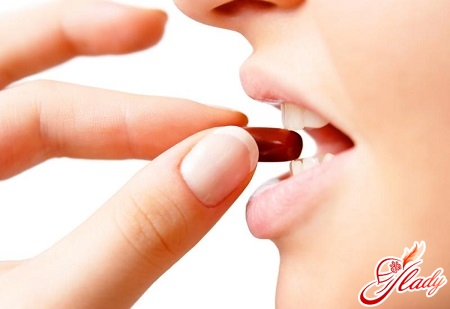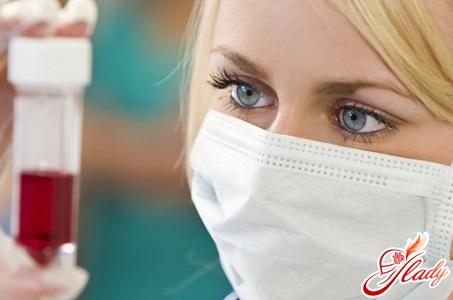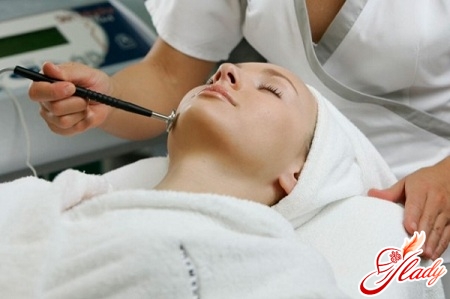 Various allergic reactions have long becomea habitual part of the life of a huge number of people. It is difficult to say what exactly led to such a wide spread of allergic diseases, but the fact remains that every second person had one or another form of allergy at least once in his life. And one of the varieties is Quincke's edema, the symptoms of which are very specific. It's about Quincke's swelling that will be discussed in today's conversation. Doctors call this term skin swelling, which is most often localized around the eyes and lips. Edema is a direct consequence of this or that allergic reaction, as a result of which a huge amount of histamine is produced in the human body. And histamine, in turn, causes inflammation of the blood vessels of the circulatory system. Doctors distinguish two types of Quincke's edema:
Various allergic reactions have long becomea habitual part of the life of a huge number of people. It is difficult to say what exactly led to such a wide spread of allergic diseases, but the fact remains that every second person had one or another form of allergy at least once in his life. And one of the varieties is Quincke's edema, the symptoms of which are very specific. It's about Quincke's swelling that will be discussed in today's conversation. Doctors call this term skin swelling, which is most often localized around the eyes and lips. Edema is a direct consequence of this or that allergic reaction, as a result of which a huge amount of histamine is produced in the human body. And histamine, in turn, causes inflammation of the blood vessels of the circulatory system. Doctors distinguish two types of Quincke's edema:
- Hereditary edema, which is a very rare genetic disease.
- Acquired edema, the causes of which will be named a little lower.
Signs and symptoms of swelling
Quincke's edema is developinga short time - from a few minutes to several hours. Everything depends on the characteristics of the human body and the type of allergen. As a rule, the swelling of Quincke proceeds in a mild form. But in some, especially severe cases, swelling of the tongue and throat is possible, which can block the airways. You understand that such a state can become a real threat to human life. Therefore, it is so important to know what symptoms are characteristic for Quincke's edema. Because having this information, there is much more chance to notice the onset of edema and promptly call an ambulance team. Of course, some signs may vary slightly, but in general the picture is as follows:

Causes of Quincke Edema Development
Like any other health problem, swellingQuincke does not arise for nothing, from scratch. If you have Quincke's edema, the causes can be very diverse. Most often these are various allergic reactions. Although in some cases the nature of the onset of edema remains unclarified. In some people, the risk of developing Quincke's edema is significantly higher than in all others. This is explained by the fact that they have a history of risk factors, or people work in adverse conditions. These include:
- Already earlier cases of such a swelling, hives, or any other allergies.
- Sharp changes in ambient or atmospheric pressure.
- Chronic fatigue syndrome or persistent stress.
- Rehabilitation period after dental operations, especially the first 2 months.
- For women, the risk factor is also available ovarian cysts.
Now it's time to talk about whichallergens most often provoke the development of Quincke's edema. Of course, for each person this list is purely individual, but nevertheless it is possible to distinguish several main groups:
- Means of household chemistry
Women often cause edemaQuinquel is precisely the means of household chemicals. Often, washing powder, any chlorine-containing products, air fresheners, as well as all kinds of sprays, for example, for washing glasses, lead to edema. And pay attention - in some cases, the development of edema is possible after the first application, and in some cases after a few days, and sometimes even months.
- Pharmacological preparations
In some cases, the culprits of Quincke's edemacan become a variety of pharmacological drugs. Most often these drugs are anti-inflammatory non-steroid drugs, acetylsalicylic acid, antibiotics and drugs designed to normalize blood pressure.
- Natural phenomena
Rarely enough, but still it happens thatQuincke's edema causes one or other of the natural phenomena: exposure to sunlight, sea water, insect bites - especially wasps and bees. Everything depends on the individual characteristics of the body.
- Perfumes and cosmetics
Sometimes the development of edema can provoke evenmeans of perfumery and decorative cosmetics. Most often, the culprits are deodorants, perfumes. But sometimes quite harmless lipstick or shadows can lead to the same sad result.
- Food
Quincke's edema often develops as a result ofuse of certain food products. Most often, allergic reactions cause products such as honey, chocolate, nuts, cocoa, coffee. In addition, the group at increased risk includes all types of seafood. 
First aid for swelling of Quincke
If a person has developed Quincke's edema,as soon as possible to call a brigade of "first aid". But before the arrival of doctors it is necessary to provide first aid. This task is simple, and having the necessary information, you can easily cope with it. And the first thing you need to do is calm yourself, and even a sick person will not be able to calm you down. Experiences in this situation will only complicate the course of pathology. In the event that the alleged allergen is known, try to spread the contact as soon as possible. Open all the windows and doors, free the sick person from the tightening clothes, unbuckle the belts and collars - the air intake must be completely free. Pay attention to the position of the sick person - he must sit, not lie. Or, at least, lift the upper part of his torso. This position will facilitate his breathing. Also a very effective measure is a hot foot bath - pour water into the basin as hot as a person can withstand. Hot water must be poured as it cools down, right up to the very arrival of the "first aid". On the area of the edema, you must put something cold - in extreme cases, soak a towel in cold water. And in the nose of a sick person you can drip any available vasoconstrictive drops. By the way, the best option in this situation is the old naphthysine, which has been tested for years. After the "ambulance" brigade arrives, the doctors will administer a large dose of antihistamines to a sick person and then they will be taken to a hospital. In no case can not refuse, even if there has been a significant improvement. The improvement may be short-lived, and after that, resuscitation will be necessary. Be sure to tell the doctors of the "first aid" about what measures you took to provide first aid to a sick person. And if you connect the development of edema with one or another event, also mention it. Often this information is very, very important not only for correct diagnosis, but also for choosing a course of treatment. We wholeheartedly wish you that this information will never come in handy in practice. But in life there is everything - so that someone is warned, he is armed.









